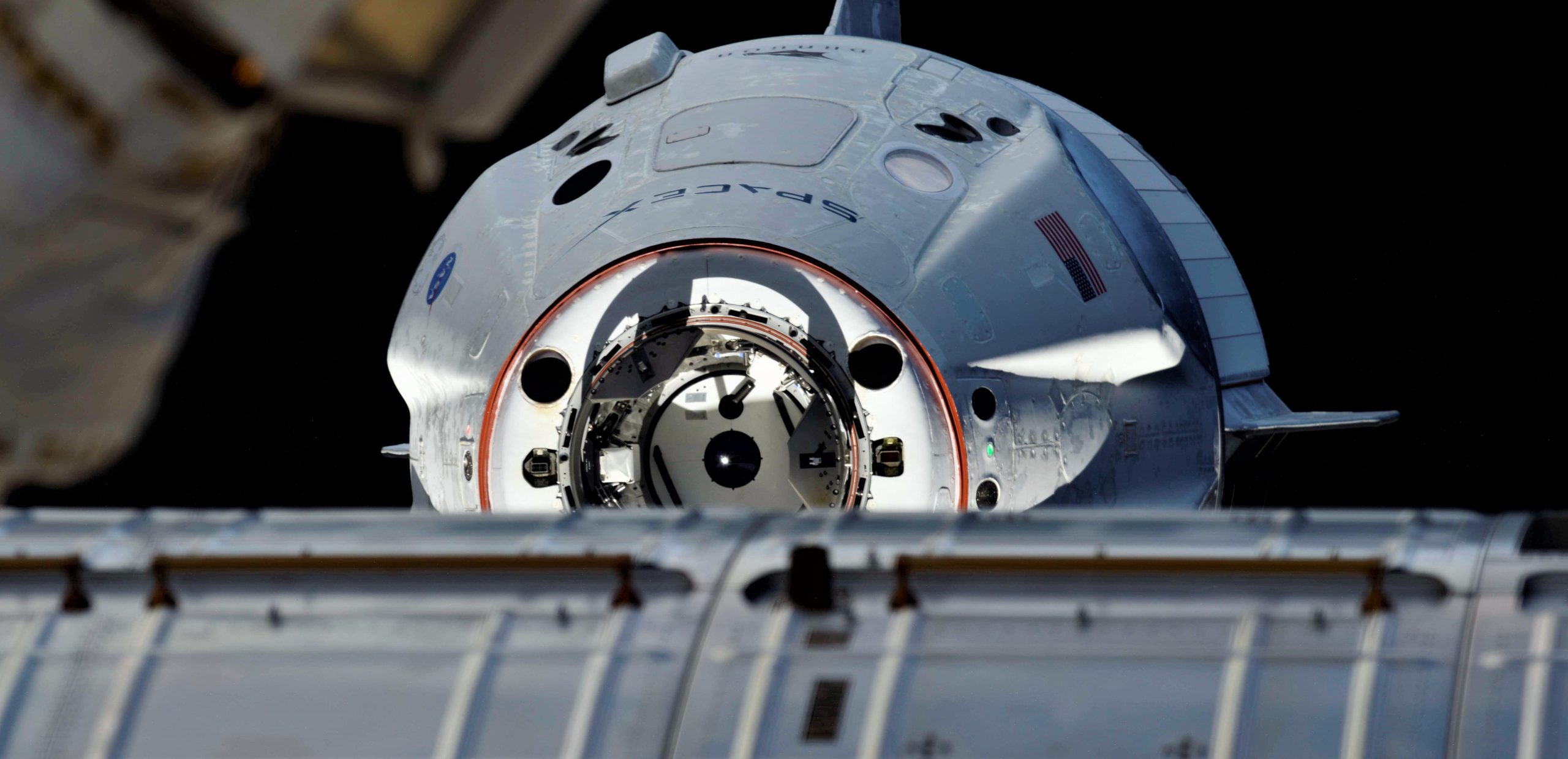
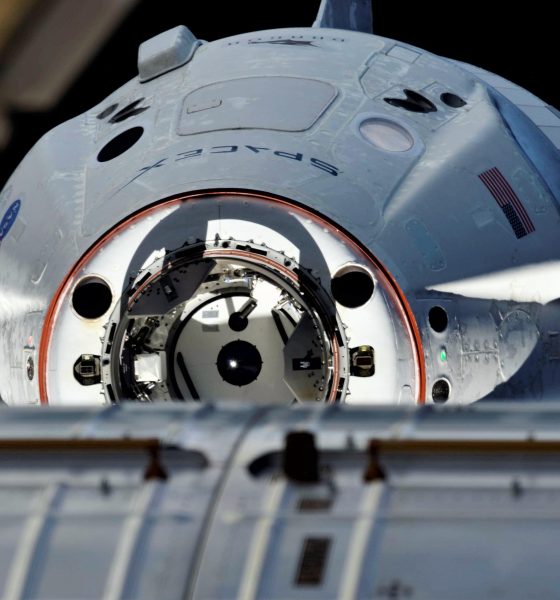
News
SpaceX's first NASA astronaut launch closer than ever as spacecraft and rocket near Florida
According to an engineer’s February presentation, SpaceX is on the brink of shipping its first NASA astronaut-rated Crew Dragon spacecraft to Kennedy Space Center – arguably the company’s biggest milestone yet on the path to human spaceflight.
In the last year, SpaceX’s Crew Dragon program has undeniably stumbled a few times, suffering challenging parachute failures and the catastrophic explosion of the first flight-proven Crew Dragon capsule. However, the year has been filled with far more successes. By all appearances, Crew Dragon’s parachute issues have been completely solved, while SpaceX successfully static fired an upgraded Crew Dragon’s SuperDraco engines before launching a flawless in-flight abort (IFA) test just last month.
Prior to all of this, SpaceX’s Crew Dragon spacecraft completed what NASA deemed a “flawless” and “phenomenal” orbital launch debut, docking with and departing the space station without issue before safely reentering Earth’s atmosphere and splashing down in the Atlantic Ocean. Now, ten months after that flawless debut, SpaceX is perhaps just a week or two away from reaching a major milestone ahead of its first NASA astronaut launch.
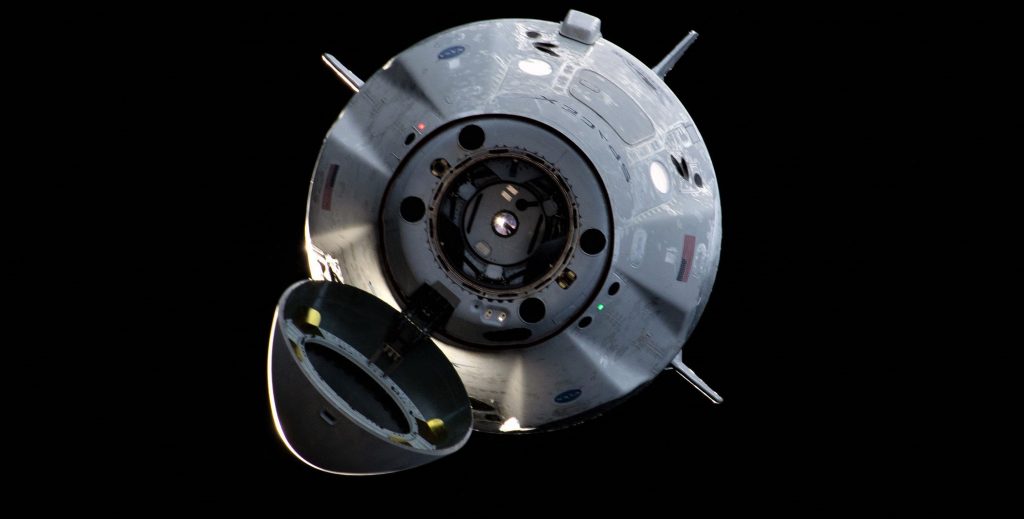
Part of some kind of Kennedy Space Center (KSC) event on February 1st or 2nd, SpaceX Director of Vehicle Integration Christopher Couluris gave an exceptionally insightful presentation that was apparently recorded and (very) briefly available on YouTube. Aside from a great deal of new and useful information on Falcon booster reusability, Starship manufacturing, and more, Couluris also teased some major news for SpaceX’s Crew Dragon spacecraft.
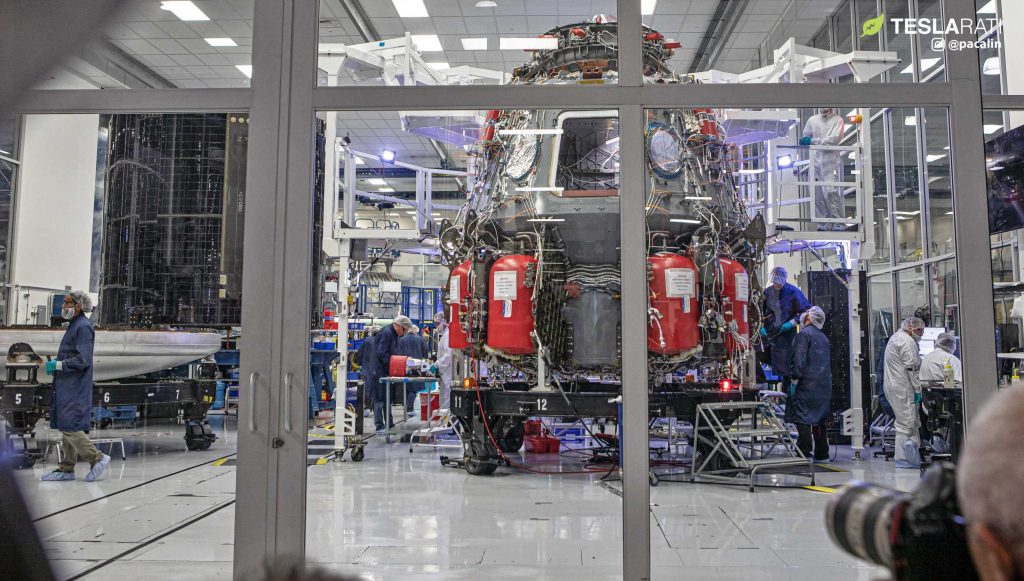

In short, Couluris revealed that the Crew Dragon spacecraft – capsule C206 and an expendable trunk – assigned to SpaceX’s ‘Demo-2’ NASA astronaut launch debut could arrive at the company’s Florida Dragon processing facilities as early as mid-February, just a week or two from now. At the same time, comments the SpaceX engineer made about the number of SpaceX rocket boosters currently in Florida heavily implied that the Falcon 9 rocket assigned to said astronaut launch debut is already at KSC Launch Complex 39A (or at least nearby).
In other words, after Crew Dragon arrives, SpaceX will have all the hardware on hand and ready for its first NASA astronaut launch – arguably the single most important mission in the company’s history. Barring calamity, all that will remain is a few weeks of processing and an indeterminately long period of NASA/SpaceX reviews and paperwork. Elon Musk recently stated that he was confident that Crew Dragon Demo-2 would be fully ready to launch as early as April 2020, although May or June are also a strong possibility.
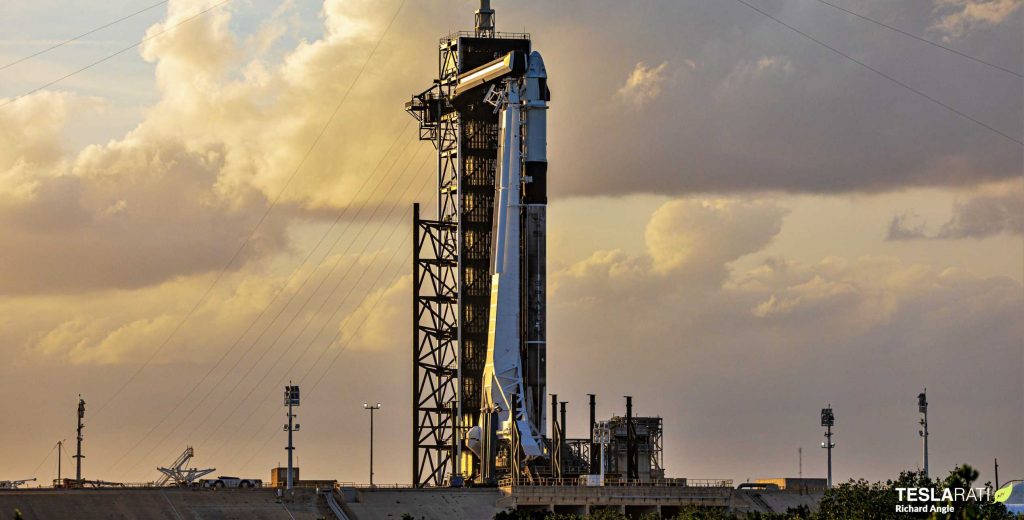
Funded by NASA and designed and built by SpaceX, Crew Dragon (Dragon 2) is an upgraded version of the company’s workhorse Cargo Dragon (Dragon 1) spacecraft, which has successfully performed 18 International Space Station (ISS) resupply missions in just eight years. While there’s a chance that SpaceX will ultimately use Crew Dragon for its own needs, like private orbital tourism, the spacecraft’s primary purpose is to routinely carry NASA astronauts to and from the Space Station – a capability the US has not had since NASA and Congress prematurely killed the Space Shuttle in 2011.
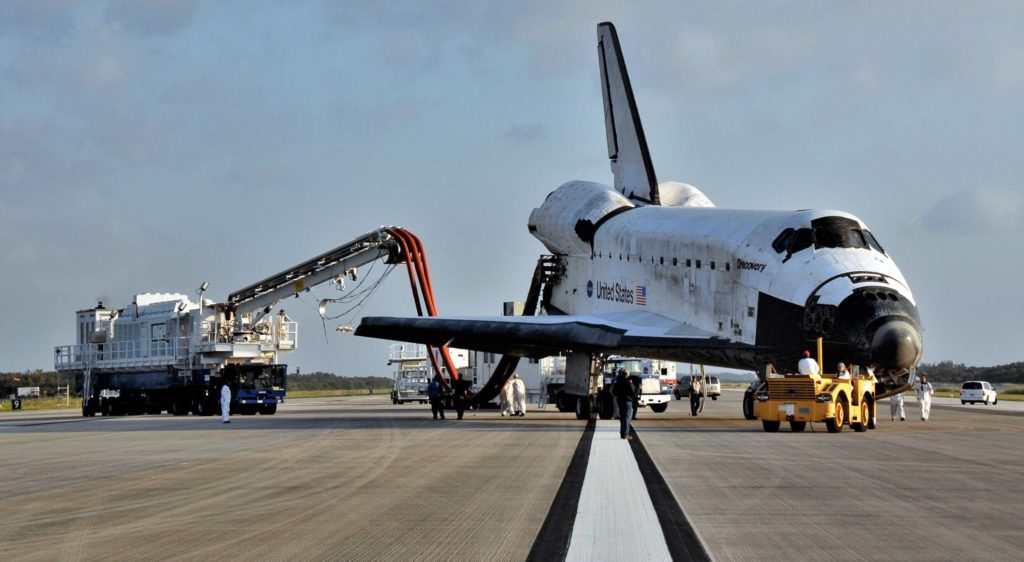
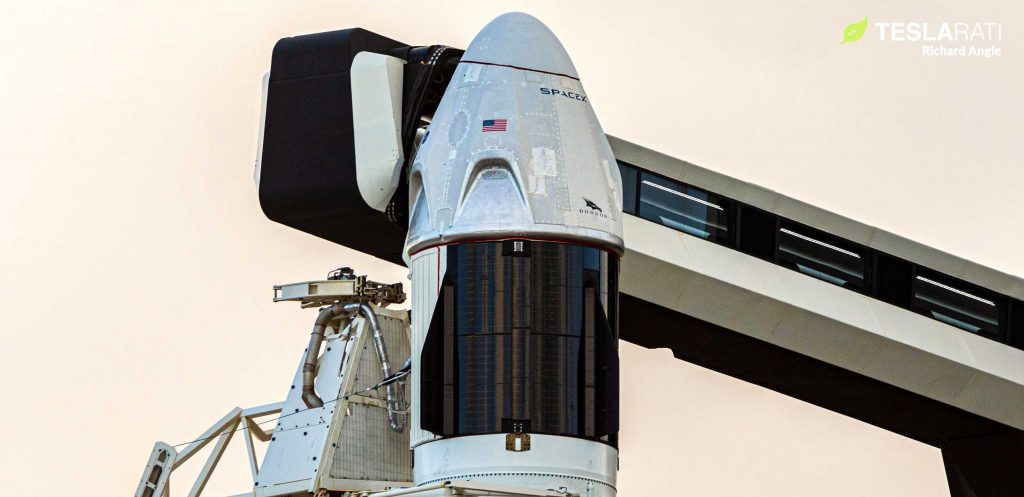
Originally intended to launch as early as 2017, both SpaceX and Boeing suffered major delays as they worked through the many challenges associated with human spaceflight and grappled with several years of egregious Congressional underfunding.
Check out Teslarati’s Marketplace! We offer Tesla accessories, including for the Tesla Cybertruck and Tesla Model 3.

News
Tesla is not sparing any expense in ensuring the Cybercab is safe
Images shared by the longtime watcher showed 16 Cybercab prototypes parked near Giga Texas’ dedicated crash test facility.
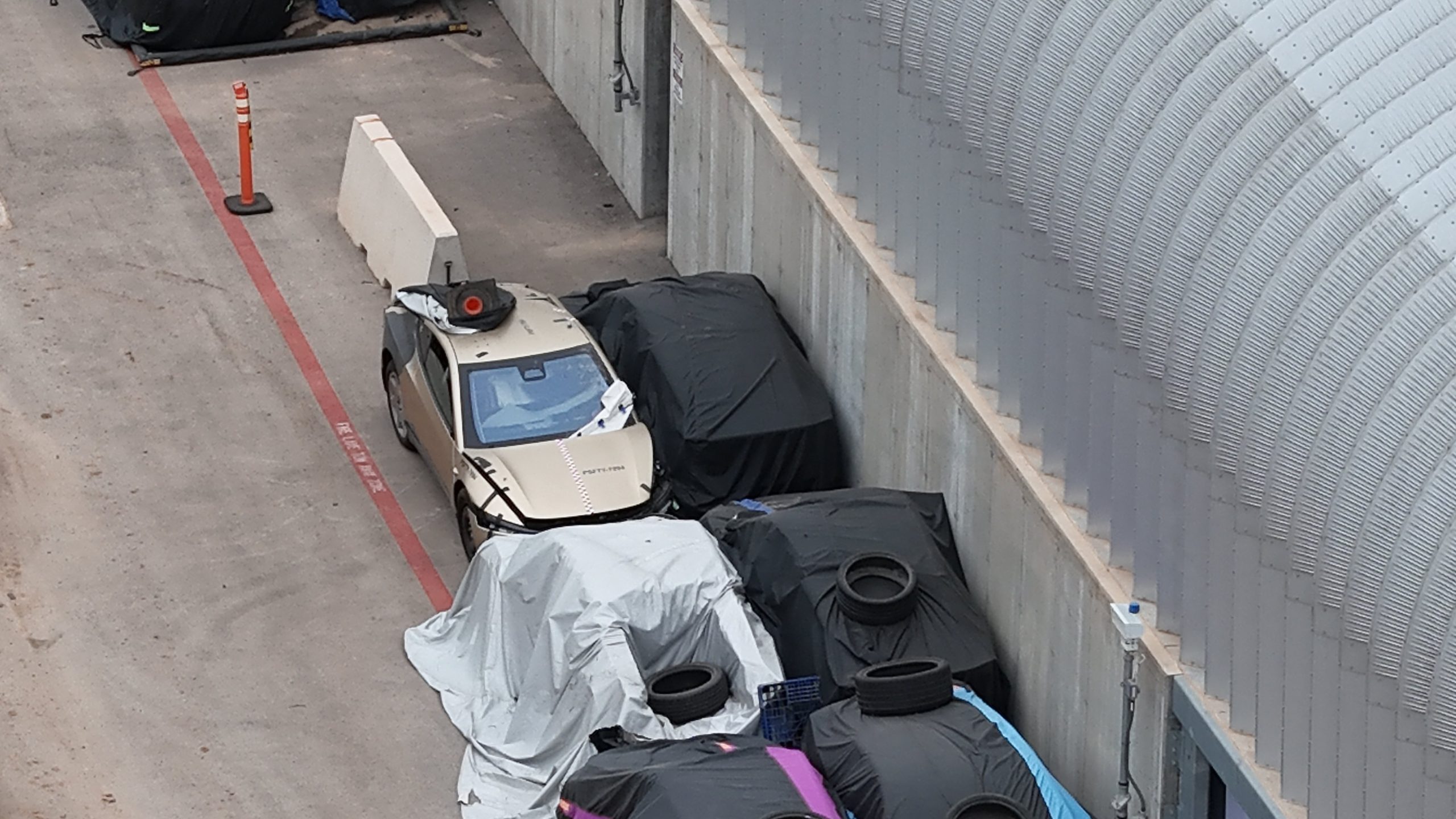
The Tesla Cybercab could very well be the safest taxi on the road when it is released and deployed for public use. This was, at least, hinted at by the intensive safety tests that Tesla seems to be putting the autonomous two-seater through at its Giga Texas crash test facility.
Intensive crash tests
As per recent images from longtime Giga Texas watcher and drone operator Joe Tegtmeyer, Tesla seems to be very busy crash testing Cybercab units. Images shared by the longtime watcher showed 16 Cybercab prototypes parked near Giga Texas’ dedicated crash test facility just before the holidays.
Tegtmeyer’s aerial photos showed the prototypes clustered outside the factory’s testing building. Some uncovered Cybercabs showed notable damage and one even had its airbags engaged. With Cybercab production expected to start in about 130 days, it appears that Tesla is very busy ensuring that its autonomous two-seater ends up becoming the safest taxi on public roads.
Prioritizing safety
With no human driver controls, the Cybercab demands exceptional active and passive safety systems to protect occupants in any scenario. Considering Tesla’s reputation, it is then understandable that the company seems to be sparing no expense in ensuring that the Cybercab is as safe as possible.
Tesla’s focus on safety was recently highlighted when the Cybertruck achieved a Top Safety Pick+ rating from the Insurance Institute for Highway Safety (IIHS). This was a notable victory for the Cybertruck as critics have long claimed that the vehicle will be one of, if not the, most unsafe truck on the road due to its appearance. The vehicle’s Top Safety Pick+ rating, if any, simply proved that Tesla never neglects to make its cars as safe as possible, and that definitely includes the Cybercab.
Elon Musk
Tesla’s Elon Musk gives timeframe for FSD’s release in UAE
Provided that Musk’s timeframe proves accurate, FSD would be able to start saturating the Middle East, starting with the UAE, next year.
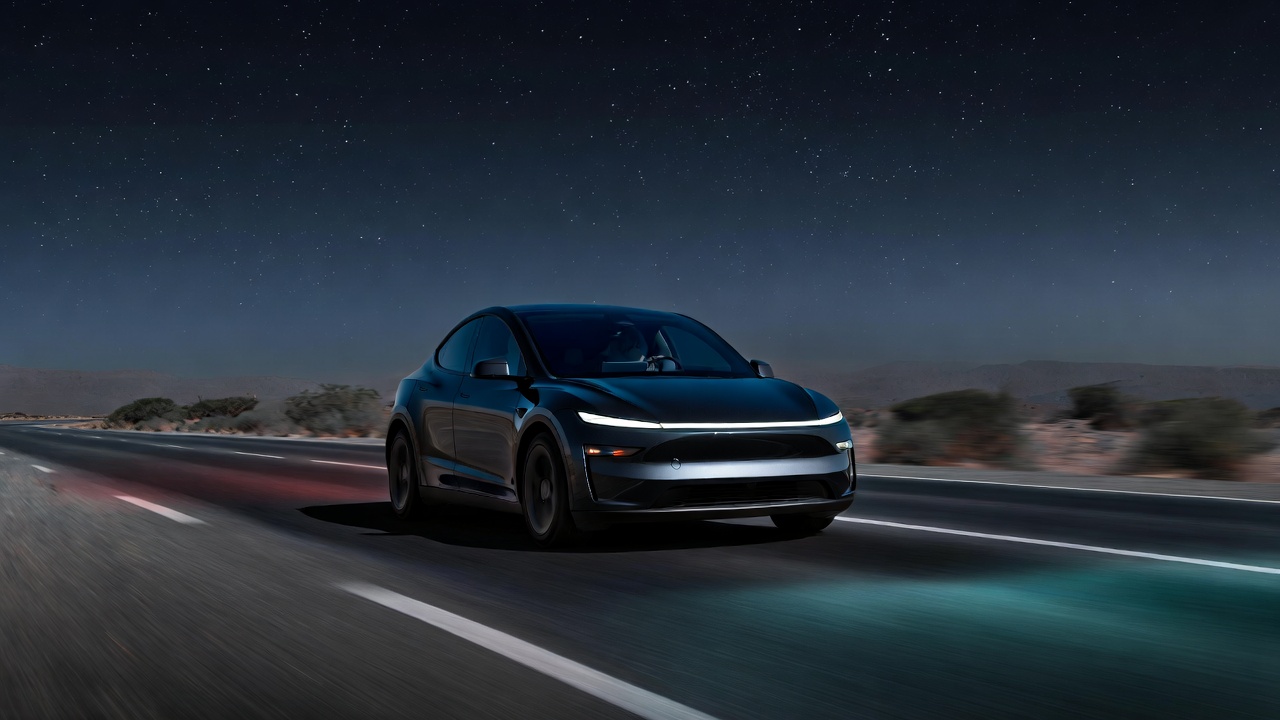
Tesla CEO Elon Musk stated on Monday that Full Self-Driving (Supervised) could launch in the United Arab Emirates (UAE) as soon as January 2026.
Provided that Musk’s timeframe proves accurate, FSD would be able to start saturating the Middle East, starting with the UAE, next year.
Musk’s estimate
In a post on X, UAE-based political analyst Ahmed Sharif Al Amiri asked Musk when FSD would arrive in the country, quoting an earlier post where the CEO encouraged users to try out FSD for themselves. Musk responded directly to the analyst’s inquiry.
“Hopefully, next month,” Musk wrote. The exchange attracted a lot of attention, with numerous X users sharing their excitement at the idea of FSD being brought to a new country. FSD (Supervised), after all, would likely allow hands-off highway driving, urban navigation, and parking under driver oversight in traffic-heavy cities such as Dubai and Abu Dhabi.
Musk’s comments about FSD’s arrival in the UAE were posted following his visit to the Middle Eastern country. Over the weekend, images were shared online of Musk meeting with UAE Defense Minister, Deputy Prime Minister, and Dubai Crown Prince HH Sheikh Hamdan bin Mohammed. Musk also posted a supportive message about the country, posting “UAE rocks!” on X.
FSD recognition
FSD has been getting quite a lot of support from foreign media outlets. FSD (Supervised) earned high marks from Germany’s largest car magazine, Auto Bild, during a test in Berlin’s challenging urban environment. The demonstration highlighted the system’s ability to handle dense traffic, construction sites, pedestrian crossings, and narrow streets with smooth, confident decision-making.
Journalist Robin Hornig was particularly struck by FSD’s superior perception and tireless attention, stating: “Tesla FSD Supervised sees more than I do. It doesn’t get distracted and never gets tired. I like to think I’m a good driver, but I can’t match this system’s all-around vision. It’s at its best when both work together: my experience and the Tesla’s constant attention.” Only one intervention was needed when the system misread a route, showcasing its maturity while relying on vision-only sensors and over-the-air learning.
News
Tesla quietly flexes FSD’s reliability amid Waymo blackout in San Francisco
“Tesla Robotaxis were unaffected by the SF power outage,” Musk wrote in his post.
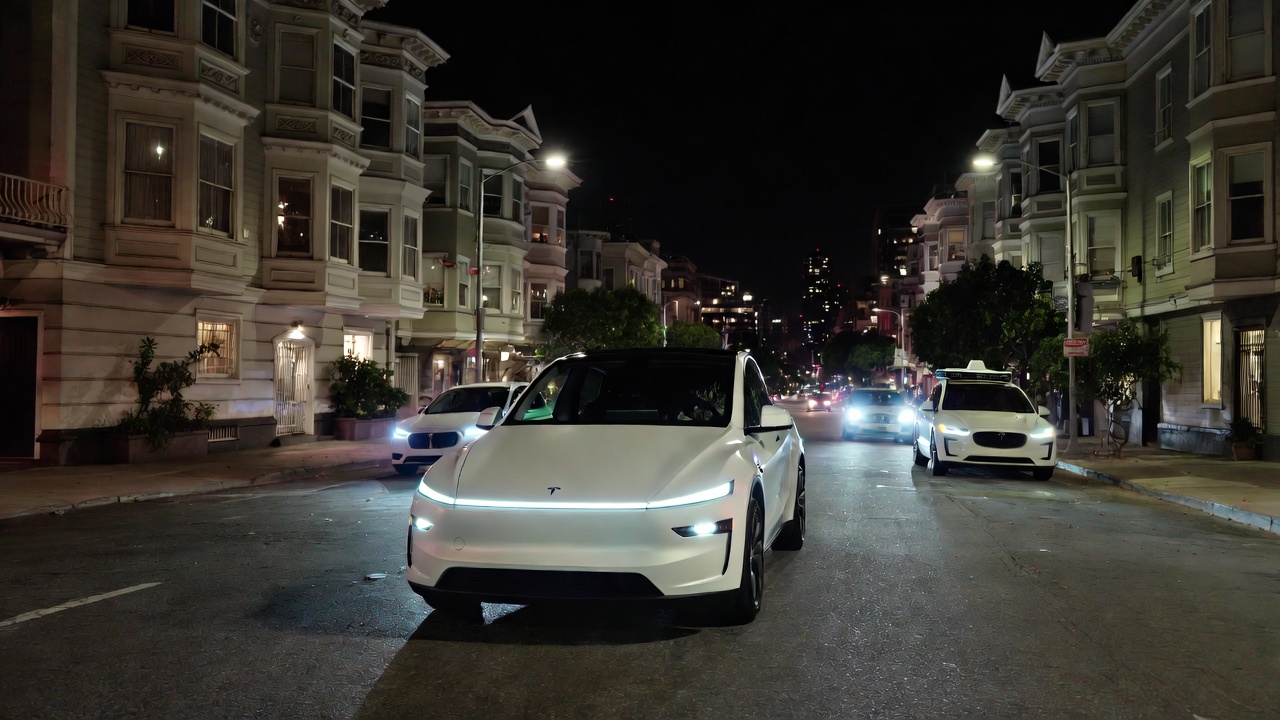
Tesla highlighted its Full Self-Driving (Supervised) system’s robustness this week by sharing dashcam footage of a vehicle in FSD navigating pitch-black San Francisco streets during the city’s widespread power outage.
While Waymo’s robotaxis stalled and caused traffic jams, Tesla’s vision-only approach kept operating seamlessly without remote intervention. Elon Musk amplified the clip, highlighting the contrast between the two systems.
Tesla FSD handles total darkness
The @Tesla_AI account posted a video from a Model Y operating on FSD during San Francisco’s blackout. As could be seen in the video, streetlights, traffic signals, and surrounding illumination were completely out, but the vehicle drove confidently and cautiously, just like a proficient human driver.
Musk reposted the clip, adding context to reports of Waymo vehicles struggling in the same conditions. “Tesla Robotaxis were unaffected by the SF power outage,” Musk wrote in his post.
Musk and the Tesla AI team’s posts highlight the idea that FSD operates a lot like any experienced human driver. Since the system does not rely on a variety of sensors and a complicated symphony of factors, vehicles could technically navigate challenging circumstances as they emerge. This definitely seemed to be the case in San Francisco.
Waymo’s blackout struggles
Waymo faced scrutiny after multiple self-driving Jaguar I-PACE taxis stopped functioning during the blackout, blocking lanes, causing traffic jams, and requiring manual retrieval. Videos shared during the power outage showed fleets of Waymo vehicles just stopping in the middle of the road, seemingly confused about what to do when the lights go out.
In a comment, Waymo stated that its vehicles treat nonfunctional signals as four-way stops, but “the sheer scale of the outage led to instances where vehicles remained stationary longer than usual to confirm the state of the affected intersections. This contributed to traffic friction during the height of the congestion.”
A company spokesperson also shared some thoughts about the incidents. “Yesterday’s power outage was a widespread event that caused gridlock across San Francisco, with non-functioning traffic signals and transit disruptions. While the failure of the utility infrastructure was significant, we are committed to ensuring our technology adjusts to traffic flow during such events,” the Waymo spokesperson stated, adding that it is “focused on rapidly integrating the lessons learned from this event, and are committed to earning and maintaining the trust of the communities we serve every day.”








